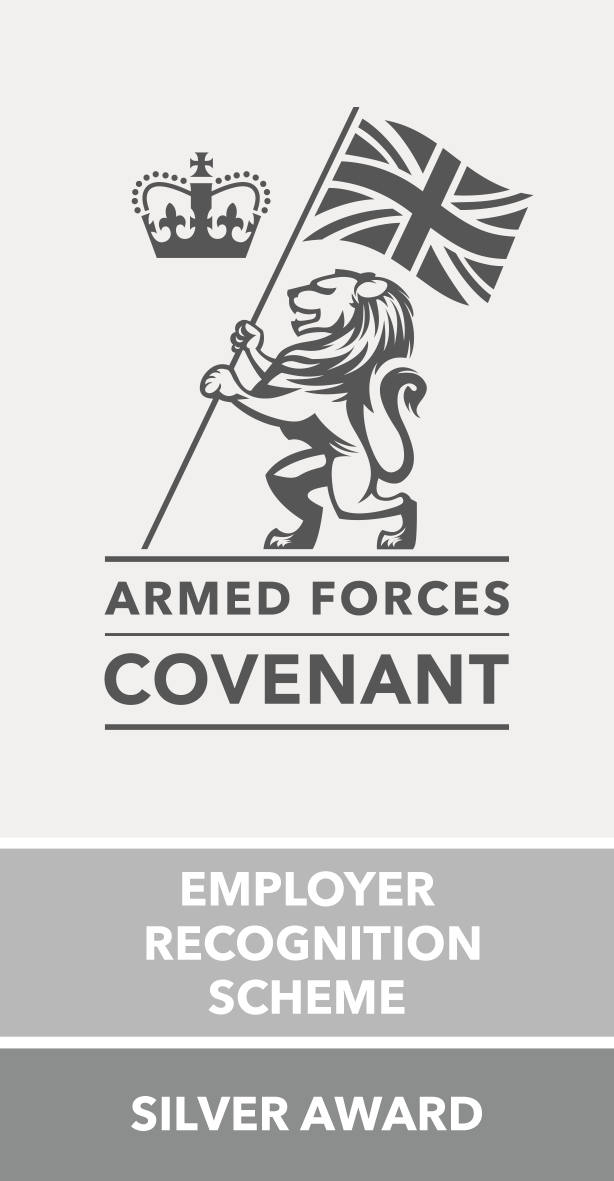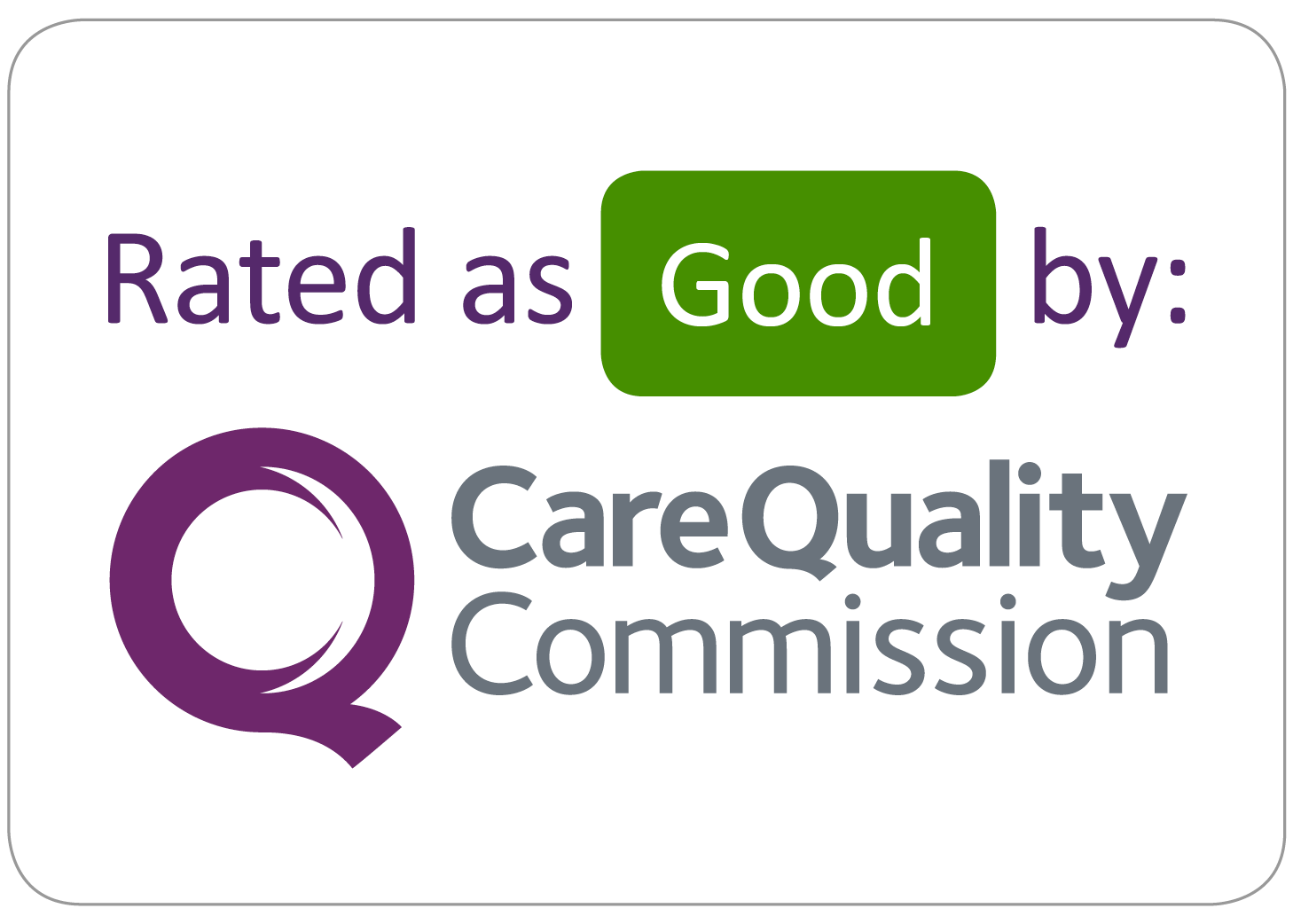Paediatric Orthopaedics
Paediatric Orthopaedics is a specialised field of orthopaedic surgery that addresses a wide range of conditions affecting the bones, joints, and muscles in infants, children, and adolescents. The goal is to diagnose and treat problems that impact a child's growth and development, or their ability to play and move without pain.
A key principle in paediatric orthopaedic care is to first explore all non-surgical options. Many conditions can be managed successfully with conservative treatments, which may include:
- Physiotherapy: A physiotherapist can provide targeted exercises to improve strength, flexibility, and motor skills.
- Casting or Bracing: Specialised casts or braces are often used to correct deformities or support healing bones.
- Activity Modifications: Adjusting sports or play to avoid movements that cause pain can help manage symptoms and prevent further injury.
- Observation: Some conditions, like bowed legs or flat feet, may naturally improve as a child grows.
When these non-surgical approaches are no longer effective, or for conditions that are too severe for them, surgical intervention may be recommended. Surgical procedures for children can correct congenital deformities, fix fractures, or address problems that could lead to long-term issues in adulthood.
Trauma
Torus (Buckle) Fracture
A torus fracture, also known as a buckle fracture, is a common type of wrist fracture in children. It is not a complete break of the bone. Instead, it is a compression fracture, where the bone bends and bulges outwards on one side, but the other side remains intact. The word "torus" comes from the Latin word for a bulge or swelling.
These fractures most often occur in the forearm bones (the radius and ulna), close to the wrist, typically from a fall onto an outstretched hand. The bone is still soft and flexible at this age, so it buckles rather than snapping all the way through.
Symptoms
A child with a torus fracture may experience:
- Pain and tenderness around the wrist.
- Mild swelling but often less than a full fracture.
- Difficulty or reluctance to move the wrist.
- The wrist may appear bruised.
Treatment and Recovery
A torus fracture is considered a stable and simple fracture to treat. Because the bone is not completely broken, it usually heals quickly.
- Immobilisation: The wrist is typically immobilised in a removable splint or a cast for around 3 to 4 weeks. This provides support and protection while the bone heals.
- Pain Management: Over-the-counter pain relievers can help with discomfort.
- Recovery: Most children make a full recovery. Because the fracture is stable, formal physiotherapy is often not needed, and the child's movement will return to normal naturally once the cast or splint is removed.
It's important to keep the cast or splint clean and dry. Your doctor will provide follow-up instructions and let you know when it can be removed.
Disorder
Developmental Dysplasia of the Hip
Developmental Dysplasia of the Hip (DDH) is a condition that affects the hip joint in babies and young children. The hip is a "ball and socket" joint. In DDH, the hip joint has not formed correctly, meaning the top of the thigh bone (the ball) is not held firmly in the hip socket. The joint may be loose, partially dislocated, or fully dislocated.
DDH can be present at birth or develop in the first few months of life. It can affect one hip or both.
Diagnosis
DDH is not always obvious, which is why it's so important for healthcare professionals to check for it. All babies in the UK are screened for DDH as part of the newborn physical examination. If a doctor or nurse finds a hip that feels unstable, or if there is a family history of DDH, a baby may have an ultrasound scan to get a clearer picture of the hip joint.
Treatment and Management
The treatment for DDH depends on the child's age and the severity of the condition. The earlier it is diagnosed, the simpler the treatment usually is.
- Pavlik Harness: For babies diagnosed in the first few months of life, the most common treatment is a Pavlik harness. This is a soft brace that holds the baby's hips in a bent and spread-out position. This gently encourages the ball of the joint to sit correctly in the socket, helping the joint to develop properly. The harness is worn for several weeks or months.
- Closed Reduction and Casting: For older babies or those who do not respond to the harness, a doctor may gently put the hip back into the socket without surgery (closed reduction), and the child may then be put into a special cast (a spica cast) to hold the hip in place for a period of time.
- Surgery: If other treatments are not successful, or if the child is older, a surgeon may need to operate to put the hip back into the socket and fix it in place.
With early diagnosis and correct treatment, most children with DDH develop a normal hip joint and can go on to live active lives. It is very important to attend all follow-up appointments to ensure the treatment is working.
Intoeing
Intoeing, also known as "pigeon-toed," is a condition where a child's feet turn inwards when they walk or run. It's a very common reason for a child to see an orthopaedic specialist and is almost always a normal part of their development. It is rarely painful and typically improves on its own over time.
Treatment and Management
For most children, no treatment is needed. The condition corrects itself as they grow and their body naturally aligns.
- Observation: The most common approach is to simply monitor the child's walking. Parents are often told to be patient and to avoid interfering with the child's natural walking and playing.
- Physiotherapy: In some cases, a physiotherapist can offer exercises and stretches, especially for younger children with metatarsus adductus.
- Avoiding "Corrective" Measures: Special shoes, braces, or shoe inserts are generally not effective and are no longer recommended for intoeing.
Knock knees
Knock-knees, or genu valgum, is a condition where a child's knees touch or come close to touching while their ankles are apart. It is a very common part of normal growth and development. Most children develop a knock-kneed appearance between the ages of 2 and 4. This is a natural stage as a child's legs straighten out after the bow-legged phase of infancy.
When is it a concern?
For the vast majority of children, knock-knees are not a problem and will correct on their own as they grow, typically by the time they are 7 or 8 years old. It is rarely painful and does not affect a child's ability to run, play, or participate in sports.
However, you should see a doctor if:
- The condition is only in one leg.
- It is getting worse.
- The child is in pain or has a limp.
- The knock-knees are still severe after the age of 8.
- There is a big difference in the height of the child.
Treatment and Management
For most children, no treatment is needed. The condition is a natural part of growth and will resolve on its own.
- Observation: The most common approach is to simply monitor the child's legs as they grow.
- Avoiding "Corrective" Measures: Special shoes, braces, or shoe inserts are generally not effective and are no longer recommended for this condition.
In the rare case that a child's knock-knees do not correct on their own and are causing significant problems, an orthopaedic specialist may discuss surgical options. This is only considered in severe cases and usually involves a small, temporary procedure to guide the growth of the bone and correct the alignment of the leg.
You can click on the icons below to find out more about problem in specific area.






















